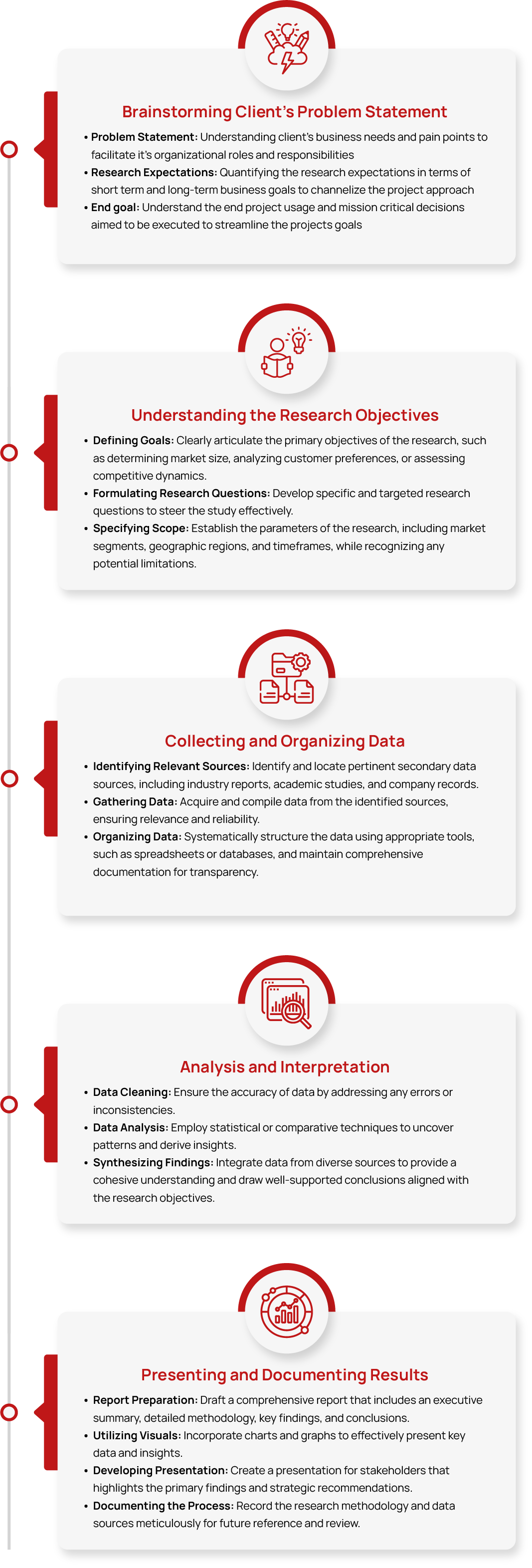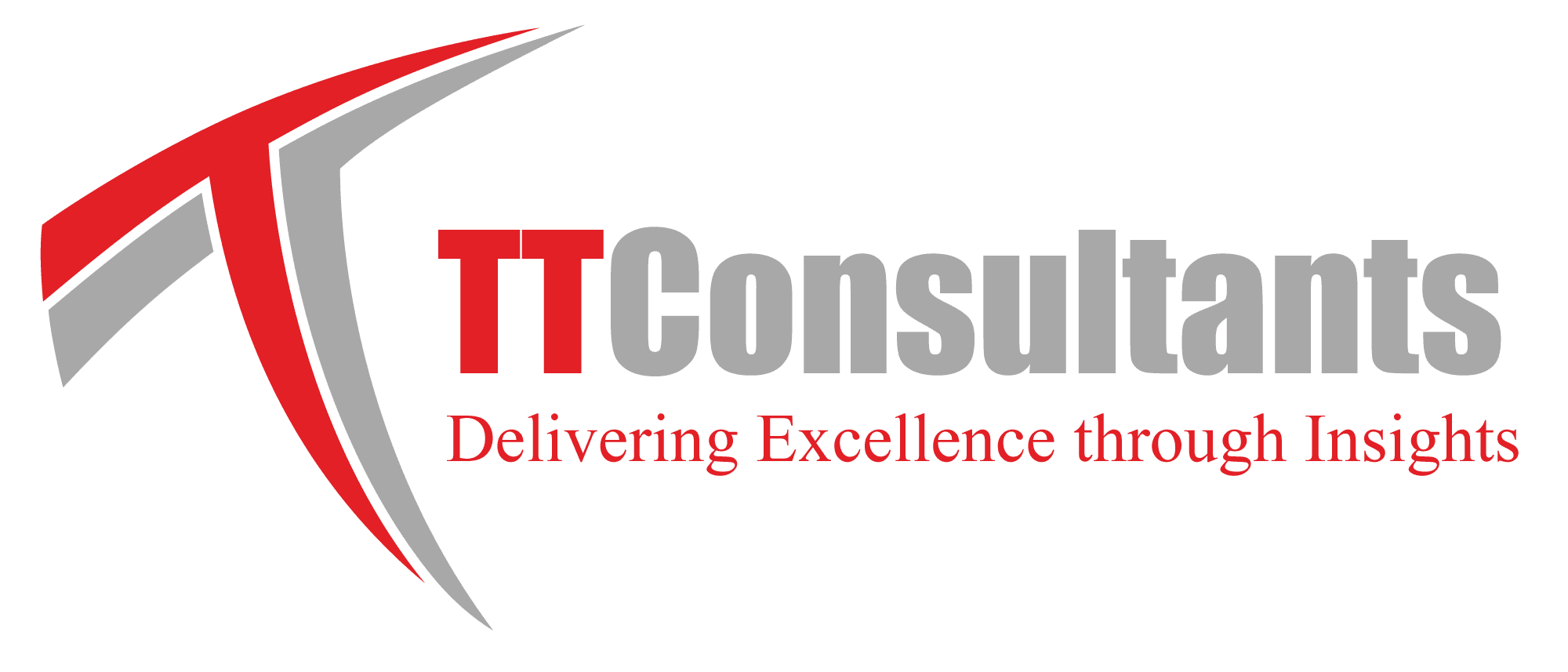Paint & Coatings Market Size, Share, Growth and Trend Analysis Report, 2032
- Summary
- Market Landscape
- Methodology
- Table of Content
Paint & Coatings Market Size, Share & Trends Analysis Report, By Resin Type (Acrylic, Alkyd, Epoxy, Polyurethane, Fluoropolymer, Vinyl, Polyester and others), By Technology (Waterborne Coatings, Solvent-borne Coatings, Powder Coatings), By End Use (Architectural, Industrial) and By Region (Asia Pacific, Europe, North America, Latin America and Middle East & Africa) and Forecasts, 2024-2032
The Paint and Coatings Market refers to the sector involved in the production and supply of liquid or semi-liquid substances applied to surfaces to provide protection, decoration, or functional properties such as corrosion resistance, weatherability, and aesthetic enhancement. These coatings are typically made from resins, pigments, solvents, and additives and are applied through processes like spraying, rolling, or brushing.
The Paint & Coatings Market was valued at approximately USD 200 billion in 2024 and is projected to reach around USD XX billion by 2032, growing at a compound annual growth rate (CAGR) of around XX% from 2025 to 2032.
Industry Trends
The paints and coatings industry is increasingly embracing sustainable solutions, with eco-friendly products gaining popularity due to rising environmental awareness. Technological advancements in formulations are also enhancing performance, leading to coatings with improved durability and multifunctional properties.
The paints industry is experiencing steady growth, driven by increasing demand from the construction, automotive, and industrial sectors.
Rapid urbanization and infrastructure development are fueling global paint market size expansion, while advancements in high-performance coatings, such as antimicrobial, fire-resistant, and self-cleaning coatings, are gaining traction.
Additionally, paint and coatings industry is witnessing a shift toward sustainable and eco-friendly solutions, with manufacturers focusing on low-VOC (volatile organic compound) and water-based paints to comply with environmental regulations and meet consumer demand for safer, non-toxic products.
However, the market faces challenges such as volatile raw material prices, supply chain disruptions, and regulatory compliance. The rising cost of petroleum-based ingredients and titanium dioxide, a key pigment, is affecting production expenses.
However, increasing innovation in bio-based and recyclable coatings is helping manufacturers align with circular economy practices. Looking ahead, the integration of smart coatings—which can self-heal, change color, or provide real-time monitoring—is set to revolutionize the coating industry.
With continuous advancements in technology and stricter environmental regulations, the paints and coatings market is poised for long-term sustainable growth.
Industry Expert’s Opinion
- Mr Herbert, Chief executive of Angus Energy
“It is important for all functions within the organization to think closely about new ways to find insights in the market that could ultimately lead to break-through technology developments”
- Matthew Burge, R&D Group Leader, BYK Additives
“New regulations related to the elimination of perfluorocarbon containing materials or CMR (carcinogenic, mutagenic or toxic for reproduction) substances are, meanwhile, likely to lead to significant innovations in the coming years.”
TT Consultants’ Perspective
The paints and coatings industry is experiencing steady growth, driven by rising demand across residential, commercial, and industrial coatings market. As urbanization increases and infrastructure projects expand, the need for durable and sustainable coatings is growing.
With a focus on eco-friendly, low-VOC, and sustainable solutions, the paint industry is evolving to meet regulatory standards and consumer preferences.
Key trends such as innovations in waterborne and powder coatings, the rise of smart coatings, and a growing emphasis on sustainability are reshaping the paints and coatings market.
However, challenges like raw material price fluctuations, supply chain disruptions, and maintaining cost-efficiency persist. By leveraging advanced technologies and fostering strategic partnerships, the paints and coatings industry is positioned to meet future demands and continue its growth.
Market Segmentation
1. By Resin Type (Acrylic, Alkyd, Epoxy, Polyurethane, Fluoropolymer, Vinyl, Polyester and others)
The acrylic segment captured the largest share of the global paints and coatings market in 2024, accounting for over XX% of the total revenue. This dominance is driven by the versatility, durability, and weather resistance of acrylic-based coatings, making them widely used in architectural, automotive, and industrial coating industry applications.
Acrylic coatings are preferred for their quick-drying properties, UV resistance, and ease of application, contributing to their widespread adoption across various industries.
Other resin types, such as alkyd, epoxy, and polyurethane coatings, also play a crucial role in market growth. Alkyd coatings remain popular in decorative and protective coatings, while epoxy coatings are widely used in industrial, marine, and heavy-duty applications due to their high chemical and abrasion resistance essential for the offshore oil gas paints coating market.
Polyurethane coatings are preferred for their excellent flexibility and impact resistance, making them ideal for automotive and aerospace coatings. Meanwhile, fluoropolymer coatings are gaining traction for their superior corrosion and weather resistance, particularly in high-performance industrial applications.
Despite the steady growth of these resin types, acrylic coatings continue to dominate the market, driving the highest share of revenue in the global paints and coatings industry.
2. By Technology (Waterborne Coatings, Solvent-borne Coatings, Powder Coatings)
The waterborne coatings segment captured the largest share of the paints and coatings market in 2024, accounting for over XX% of the total revenue.
This dominance is driven by the growing demand for environmentally friendly and low-VOC (volatile organic compound) coatings, as strict environmental regulations push industries toward sustainable solutions.
Waterborne coatings offer low toxicity, easy application, and excellent adhesion properties, making them widely used in architectural, automotive, and industrial applications. Their ability to meet both performance and regulatory requirements has positioned them as the preferred choice in many industries.
Other segments, such as solvent-borne and powder coatings, continue to contribute to coatings world growth. Solvent-borne coatings, known for their high durability and resistance to extreme weather conditions, remain essential in marine, industrial, and heavy-duty applications.
However, due to stricter emission regulations, their market share has declined in favor of eco-friendly alternatives.
Meanwhile, powder coatings are gaining traction due to their superior durability, chemical resistance, and minimal environmental impact, making them popular in automotive, appliances, and furniture applications. Despite these developments, waterborne coatings remain the dominant technology, driving the largest revenue share in the global paints and coatings market.
3. By End Use (Architectural, Industrial)
The architectural coatings market captured the largest share of the global paints and coatings market in 2024, accounting for over XX% of the total revenue. This dominance is driven by rapid urbanization, infrastructure development, and increasing renovation and remodeling activities worldwide.
Architectural coatings, including interior and exterior paints, are widely used in residential, commercial, and institutional buildings to enhance aesthetics, durability, and protection against environmental factors. The growing consumer preference for low-VOC, eco-friendly, and antimicrobial coatings is further fueling demand in this segment.
The industrial segment also plays a vital role in market growth, covering automotive, marine, aerospace, energy, and manufacturing applications.
Industrial coatings are designed to offer high-performance protection against corrosion, chemicals, and extreme temperatures, making them essential for machinery, equipment, and infrastructure durability. The rising adoption of powder coatings and advanced protective coatings in heavy industries is driving innovation in the industrial coating industry.
Despite the increasing demand for industrial coatings, the architectural segment remains the largest contributor to market revenue in the global paints and coatings industry.
Competitive Scenario
Leading companies such as Jotun, The Sherwin-Williams Company, Axalta Coating Systems, PPG Industries, Inc., RPM International, Inc., BASF SE, Henkel AG & Company, KGaA, Contego International Inc., Hempel A/S, No-Burn Inc., Nullifire, 3M, Albi Protective Coatings, and Akzo Nobel N.V. dominate the global paints and coatings market.
These key players hold a substantial share of the market and play a crucial role in shaping industry trends. They are at the forefront of driving technological innovation and developing high-performance coatings that meet evolving consumer demands for durability, sustainability, and aesthetic appeal.
Recent Developments and Strategic Activities:
- In January 2025, Axalta, a US-based paint and coating manufacturer, has partnered with mechanical and plant engineering firm Dürr to introduce a digital paint solution for transportation industry.
- In September 2024, Kamdhenu Colour and Coatings Limited, the wholly owned subsidiary Kamdhenu Paints is set to expand its premium product line with the introduction of a new wood coatings range, adhering to international quality standards.
- In February 2023, PPG Industries Inc. introduced PPG STEELGUARD 951, an epoxy-based intumescent coating designed to provide fire protection and cater to the needs of the architectural steel market.
- In February 2023, Japan's Kansai Paint revealed that its European subsidiary, Kansai Helios, had acquired all shares of CWS Group, making it a wholly-owned subsidiary of the Kansai Paint Group. CWS Group is a leading manufacturer of industrial synthetic resins and powder coatings, with a strong presence in several European countries and the U.S.

Please fill out the form to request the ToC and gain access to detailed insights in the report.
Request Table of Contents







